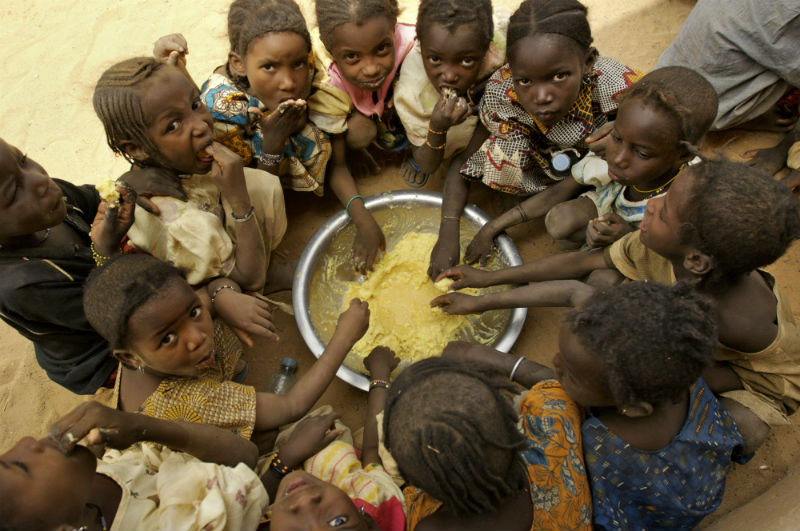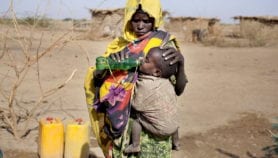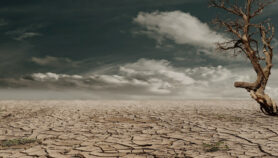Send to a friend
The details you provide on this page will not be used to send unsolicited email, and will not be sold to a 3rd party. See privacy policy.
Climate change has forced children and pregnant mothers to vary diets and skip meals, thus threatening undernourishment in Tanzania, a study says.
Floods and droughts are responsible for food shortages in three villages of Rufiji district, Tanzania, where 78 per cent of the population produce food for consumption and income.
“Climate variability has changed people's eating habits, people reduced number of meals, portion size, and food diversity within meals.”
Naomi Jones Saronga, Muhimbili University of Health and Allied Sciences, Tanzania
The study published on 8 August in BioMed Central Agriculture and Food Security journal, says climate change has led to households eating two meals a day unlike three or four about ten years ago.
“Climate variability has changed people's eating habits, people reduced number of meals, portion size, and food diversity within meals,” says Naomi Jones Saronga, a co-author of the study and a nutritionist at the Muhimbili University of Health and Allied Sciences, Dar es Salaam, Tanzania. “This has an effect on the people's recommended daily allowance of nutrients.”
Households of Rufiji mainly grow maize, rice and some fruits and vegetables. Cashew nuts and cotton are grown as cash crops.
Researchers conducted nine focus group discussions involving ten men and from 30 to 49 years old in each group, who shared their experiences of changing weather patterns and their impact on food security.
“I remember we used to eat three meals per day in the past ten years,” a rural dweller is reported to have said in the study. “But nowadays you can have your meal in the morning, have porridge as your lunch and little meal in the evening. That is our life now; we don’t have enough to eat.”
The study says that the inadequate meals could affect the health of vulnerable populations such as women and pregnant women, adding that children’s poor attendance in schools could occur.
“As means of adaptation communities are reducing food quantity, eating of new meals which were not eaten before as a main meal such as cooked unripe mangoes and stiff porridge,” the authors noted.
But when rural communities further cut their meals to cope with climate change, this worsens malnutrition specifically stunting children who are six to 24 months old.
To cope with inadequate diet, Gichohi says that cultivation and consumption of drought-resistant crops such as cassava, yam, millet and sorghum could be promoted.
This piece was produced by SciDev.Net’s Sub-Saharan Africa English desk.
References
Naomi Jones Saronga I eat two meals per day” impact of climate variability on eating habits among households in Rufiji district, Tanzania: a qualitative study (BioMed Central Agriculture and Food Security, 8 August 2016)














